Acceptable_Current_Levels_in_Grounding_Conductors_Grounding_Series_(Part_7).pdf
Transcript:
[0m:4s] Hi I'm Josh Bloom, welcome to another video in the RSP Supply education series. If you find that these videos are helpful to you, it certainly helps us out if you could give us a big thumbs up and subscribe to our channel. In today's video, we will continue on in our series which we are going into great depth about electrical grounding.
[0m:23s] In our last video, we talked about how to ground DC electrical systems, which covered in detail things such as how to size grounding conductors, voltage levels that require grounding, and where to ground these kinds of systems.
[0m:38s] If you have not already seen that video, or some of our other videos in this series, we will link those in the description below. By watching the videos that precede this one, and other upcoming videos in this series, you will be able to gain a better understanding of the concepts we will be discussing.
[0m:57s] In this video, we want to discuss grounding conductors and what, if any, current levels are acceptable in these types of conductors.
[1m:6s] We hope that by the end of this video, you understand how to identify ground currents, what are potential causes of ground current, and how to avoid excess ground current levels, and finally what levels are acceptable in ground conductors.
[1m:24s] First and foremost, let's define a grounding conductor.
[1m:29s] The NEC states that a grounding conductor is used to connect the non current carrying metal parts of equipment,
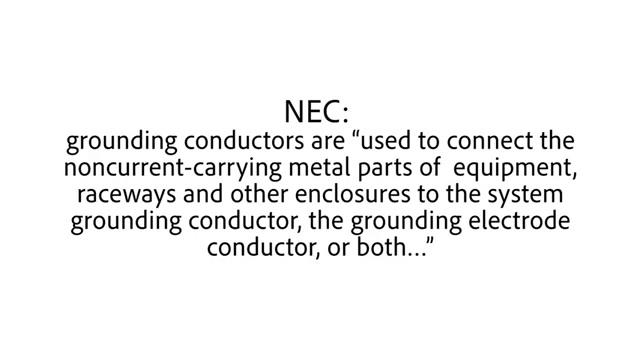
[1m:38s] race ways and other electrical enclosures, to the system grounding conductor, the grounding electrode conductor, or both.
[1m:46s] Based off of this description and what we know to be true about grounding systems, the purpose of grounding conductors is to dissipate current in the event of a spike in energy such as a lightning strike or power surge.
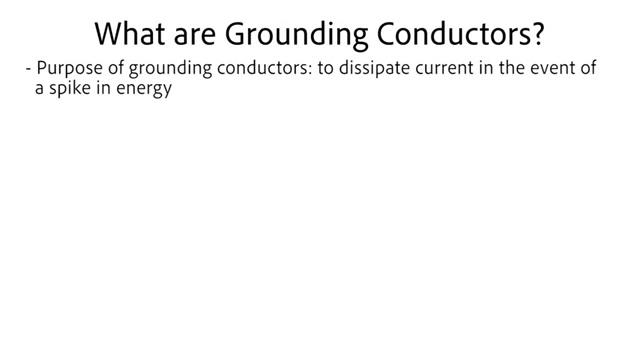
[2m:1s] Grounding conductors should not normally carry any continuous objectionable current.
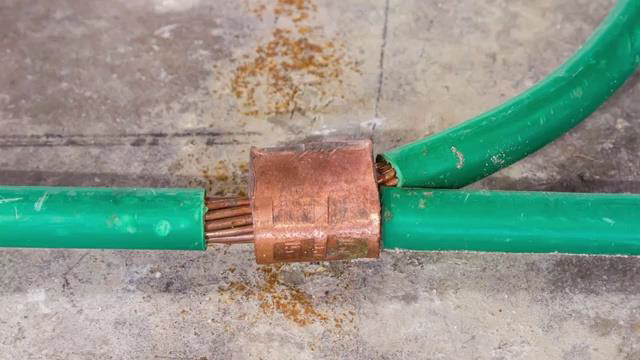
[2m:9s] It is only during these energy spikes, when these conductors are performing their intended protective function, that you should see any current flowing through them at all.
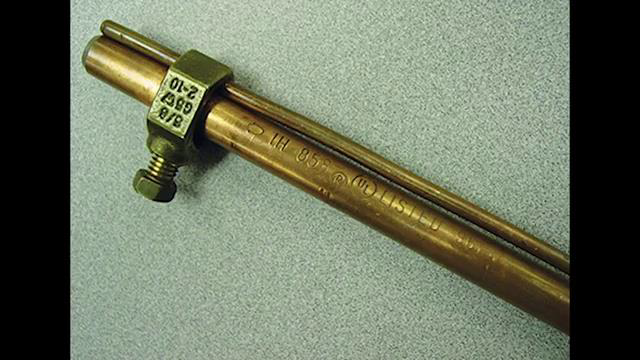
[2m:20s] The NEC mandates that a grounding system be designed to limit the amount of objectionable current on the grounding conductors in all grounding systems.
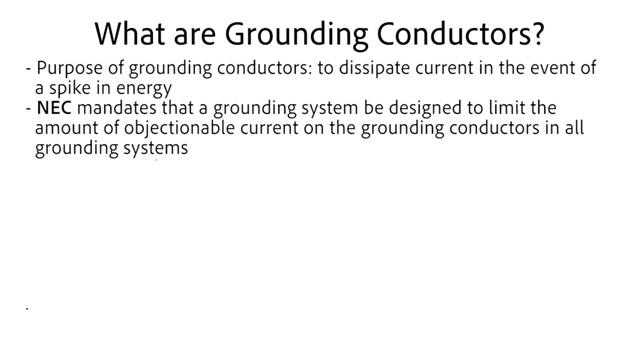
[2m:31s] If, after the system has been installed and there is current found on these conductors, it is required that the problem be remedied to eliminate this excess current from these protective conductors. Some common steps that can be taken to fix this current include
[2m:49s] disconnect one or more of the grounded connections in your system, but not all connections.
[2m:56s] Change the location of certain grounding locations within the grounding system.
[3m:1s] Disconnect the grounding bond between different grounding connections.
[3m:6s] Eliminating this excess ground current is critical in all electrical systems,
[3m:12s] but is even more important when dealing with sensitive electronic equipment or any devices with a microprocessor.
[3m:20s] In regards to how much ground current is actually acceptable in grounding conductors, it largely depends on the devices that are being impacted.
[3m:30s] The NEC does not assign any numerical value to this type of current. It is simply left up to the user or the different scenarios we encounter that will dictate this number. UL however, does state that any current found in grounding conductors in excess of 0.25 amps is unacceptable and should be remedied.
[3m:55s] By having a better understanding of ground currents and how to avoid them, can hopefully lead to the design and implementation of a safer, more effective electrical system.
[4m:6s] For a full line of electrical grounding equipment and thousands of other products, please go to our website. For more information or other educational videos, go to RSPSupply.com, the Internet's top source for industrial hardware. Also, don't forget: like and subscribe.




